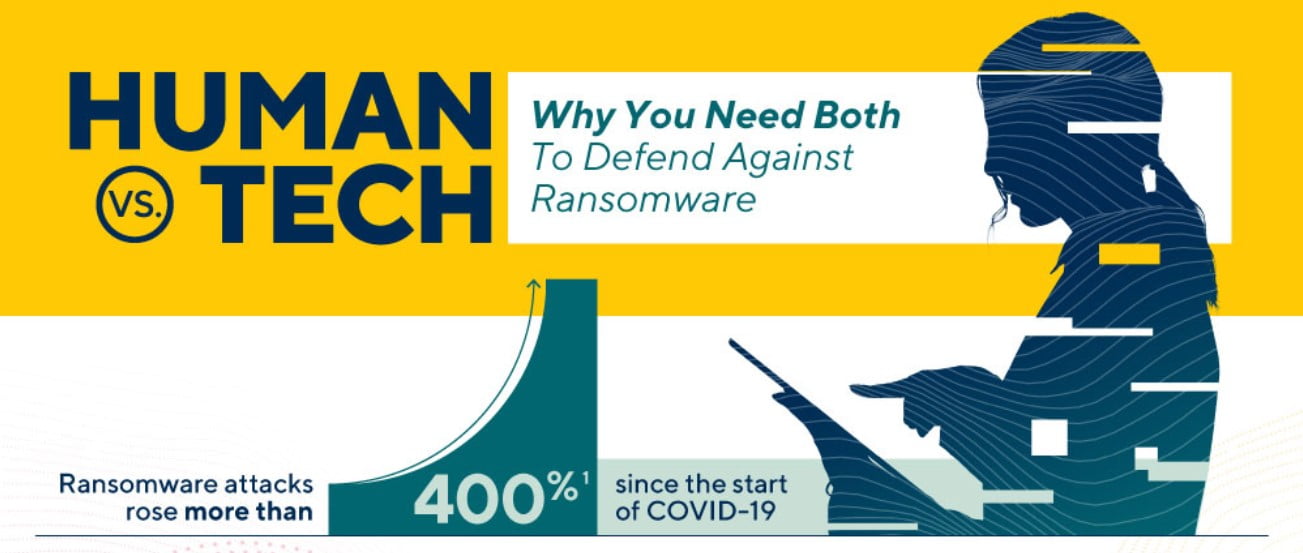Since the rise of COVID-19, ransomware attacks have risen over 400%. Businesses use more software and networked devices than ever thanks to remote work, exposing them to more extreme vulnerabilities. The advent of ransomware-as-a-service has led to the proliferation of easy-to-use malware, meaning cyber attacks are no longer limited to talented hackers. Most importantly, businesses pay multi-million dollar ransoms to attacks with little chance of legal recovery, making ransom attacks an incredibly lucrative endeavor.
Q3 2021 hedge fund letters, conferences and more
Develop A Cybersecurity Plan To Fight Against Ransomware Attacks
Businesses at large are struggling to keep up with these disturbing trends. Despite the nearly $2 million per businesses needed in recovery costs, 58% of businesses have an IT security budget of less than $10,000. The problem is especially acute when it comes to small and medium businesses. 62% of SMBs lack in-house cybersecurity expertise while 60% have no cybersecurity policy. Without a documented process for how to respond to a ransomware attack or breach, panicked employees could make a bad situation worse when their workplace is targeted.
Cybersecurity software is an important component of a business’s protection program, but it cannot operate alone. Cybersecurity technology is difficult to deploy, configure, and maintain. For all the updates talented developers have poured into artificial intelligence, these software programs still suffer from an explosion of false positives and excessive alerts. If a business gets used to their security program being overzealous, they may ignore warnings of a real threat. The average person received 63.5 notifications in a day. They lack the time to pay due diligence to every alert they receive.
Human expertise is an important part of cybersecurity. Trained analysts have an advantage in the field of detecting and responding to ransomware. It’s easy for them to spot malicious code and warning signs. They understand context, relevance, and attack motivations in a way that AI programs are not yet able to handle. Most importantly, they have what it takes to weed out false positives from alerts.
In an-ever expanding cyber attack landscape, businesses need more than just the best in class technology. They also need to hire some form of cybersecurity expertise. It may be out of reach for a small business to hire a full-time security expert, but they could still reach out to a contracting service to become one of an expert’s many clients. Look for a cybersecurity plan that allows a company’s team to do their job, not worry about ransomware disrupting operations.
Infographic source: Pondurance














